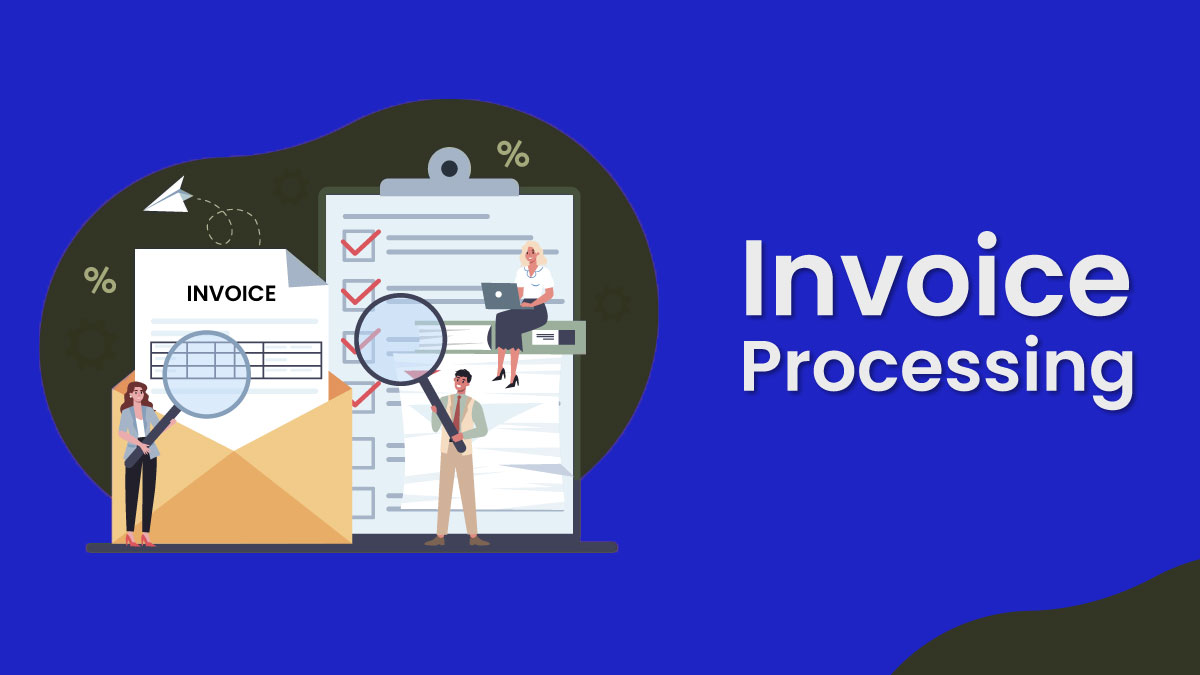ADA Compliance for Professional Services

Over the past few years, we’ve been contacted by several businesses that have received threatening letters from law firms on behalf of clients with disabilities. The firms contend that their client attempted to access information on the website but were unable because it was not ADA (Americans with Disabilities Act) compliant. This resulted in some loss or hardship on behalf of their client and consequently their businesses were potentially exposed to expensive litigation unless remediation efforts were taken.
Here’s an actual example of a lawsuit letter:

ADA lawsuits are increasing dramatically according to the Seyfarth Shaw law blog.

Remember, these are the lawsuits that were filed in federal court and don’t represent the thousands of settled cases that never saw a court date.
The businesses which have contacted us were not educational institutions, large nonprofits, nor Fortune 1000 firms. These companies were small to mid-size professional services businesses. Based on the nature of the businesses and the threatening letters, I conclude that the majority of these are frivolous lawsuits. A frivolous lawsuit is defined as:
“Any lawsuit that is filed with the intention of harassing, annoying, or disturbing the opposite party. It can also be defined as a lawsuit in which the plaintiff knows that there is little or no chance of the lawsuit succeeding if pursued in court.”
But the fact that the ADA lawsuit is frivolous doesn’t make it much better than a legitimate lawsuit in the sense that the business owner must now take action to:
1. Hire a lawyer and pay legal fees to fight the lawsuit with no guarantee of success.
2. Settle with the law firm for payment of usually around $10,000 or more.
3. Upgrade the website’s ADA compliance.
For most small businesses this is an expensive and daunting task. If you are a small business without a lot of resources then your best course of action is to:
1. Contact the law firm that filed the suit and try to negotiate a lower settlement. I know of one business that contacted the law firm and it turned out they knew someone at the firm, and the firm dropped the lawsuit.
2. Pay the settlement. You may have liability insurance that can help with this, and it’s probably tax deductible.
3. Bring your site up to ADA standards – although lightning may not strike twice, it’s a relatively low-cost effort to comply with ADA.
Does my business really have to be ADA compliant?
Our guess is that 90% of websites, including government (.gov) and educational websites (.edu) are not ADA compliant, BUT:
● If you are a business that benefits the public-
● If you are a local, state, or government agency-
● If you are a private business with 15 or more employees your website should be compliant with ADA regulations.
If your website does not fall into the above criteria (as of 2018) then you could probably prevail in court. But would it be worth the time and expense?
Process for making your website ADA compliant.
90% of website compliance exists at the code level. That is, most of ADA compliance is based the way your website code has been written. ADA compliant website code has a specific structure and syntax, along with short descriptions that assist disabled users with accessing the content of the page. This code is “read” by various screen-reader applications and understood by disabled users so they can navigate and interact with your website.
There are many free online tools that can run quick checks on your web pages. There are also many professional companies that focus solely on ADA compliance and many full-service agencies like 247Digitize that can make websites compliant.
Costs for ensuring ADA website compliance depends on the age of the website, its complexity, and the amount of content or pages. For example, a relatively new small business website with simple content pages may only cost a few thousand dollars. For an older website with complex functionality and a lot of content, it may cost $10K or more. The first step is an evaluation to determine the extent or scope of the ADA compliance effort. After an evaluation, an estimate can be given for the project.
It is also advisable to include language in the website’s terms of use page that describe the business’s efforts to be compliant and offer assistance to anyone that has difficulty using their website.
“There is no sure-fire checklist to ensure 100% compliance. The DOJ has hinted that websites should aim to conform to the Website Content Accessibility Guidelines (WCAG) 2.0, Levels A and AA. Most advocacy groups also encourage websites to satisfy those standards.”
—emedialaw.com
For basic information on frivolous lawsuits, check out this article.
For a customizable quick reference to Web Content Accessibility Guidelines (WCAG) 2 requirements (success criteria) and techniques.
247Digitize provides ADA services, including assessments and remediation. If you have received a letter or are concerned that your website doesn’t meet ADA standards, please contact us for a quick review and estimate.
Also please note that this article is based on the writer’s opinion and 20 years of experience, and should not be construed as legal advice. We are not lawyers. We are a full-service digital agency.

